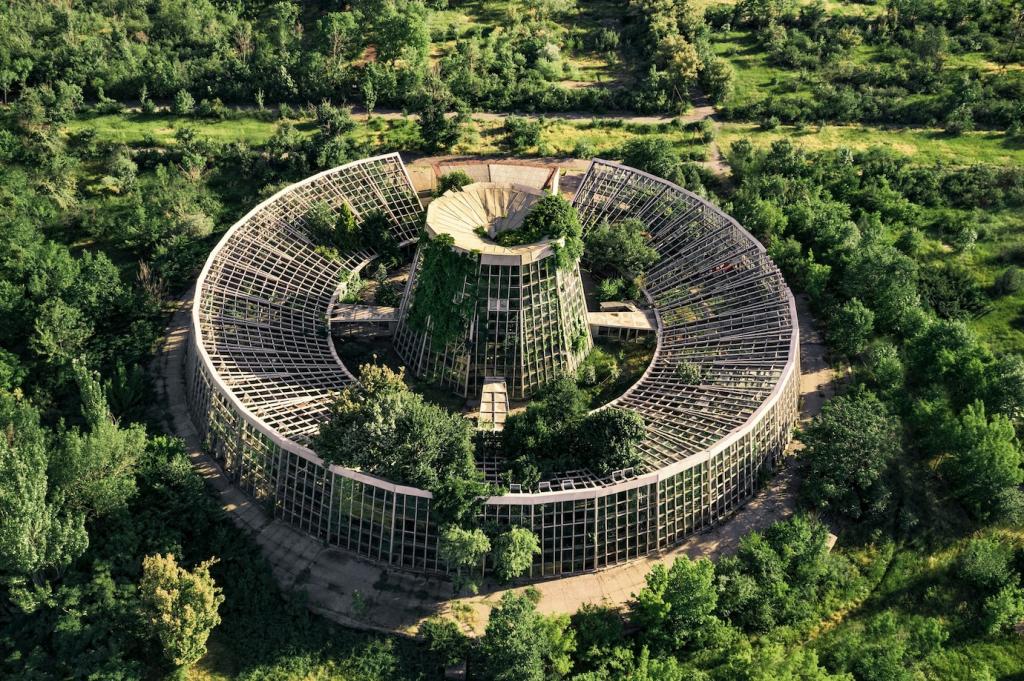
Smart Design for Energy Efficiency
Smart design for energy efficiency is transforming the way we approach building construction, interior planning, and urban development. By integrating intelligent strategies, state-of-the-art technology, and sustainable materials, architects and designers are able to create spaces that significantly reduce energy consumption while enhancing occupant comfort and well-being. This holistic approach considers every aspect—from the placement of windows to the integration of advanced building automation systems—to ensure that energy efficiency is at the core of the design process. Embracing smart design is not just about saving on utility bills; it is about paving the way for a brighter, more sustainable future.
Passive Design Strategies
The orientation of a building is crucial in determining how much sunlight it receives throughout the day and across the seasons. By positioning a structure to maximize winter sun exposure and minimize summer heat gain, passive solar design helps regulate indoor temperatures naturally. This reduces dependence on air conditioning or heating systems, translating to significant energy savings. Strategic placement of windows, overhangs, and shading devices further refines this balance, preventing overheating in warmer months while capturing solar warmth when needed. These subtle design choices, established at the planning stage, lay the groundwork for a comfortable, energy-efficient living environment.

Building automation systems act as the central nervous system for smart buildings, seamlessly controlling heating, cooling, lighting, and ventilation based on real-time data. Automated schedules adjust settings according to occupancy patterns, ensuring that systems are used only when needed. Advanced sensors monitor temperature, humidity, and air quality, allowing the automation system to optimize building performance and reduce energy waste. Integration with mobile devices empowers users with instant control, making it easy to adapt the environment on demand. The result is a dynamic, responsive space that continually learns and evolves, contributing to lower energy bills and a reduced carbon footprint.

High-Performance Building Envelopes
The building envelope—the walls, windows, roof, and floor—serves as the primary barrier between the indoor and outdoor environments. Utilizing high-performance materials such as triple-glazed windows, low-emissivity coatings, and airtight membranes helps to reduce air leakage and thermal bridging. These materials lower the rate of unwanted heat exchange, maintaining consistent indoor temperatures and reducing the load on HVAC systems. Selecting environmentally responsible products, such as recycled insulation or sustainably harvested timber, further drives down the building’s ecological footprint. Together, these innovations forge an envelope that is both robust and energy-efficient, setting a strong foundation for overall performance.
Water Efficiency Strategies
Reducing water consumption directly impacts the energy demanded by pumps, heaters, and treatment systems within a building. Smart design incorporates low-flow fixtures, rainwater harvesting, and greywater recycling to conserve water without sacrificing user experience. Automated irrigation systems monitor soil moisture and adjust watering schedules, avoiding waste while supporting healthy landscapes. Careful zoning of plumbing lines and the selection of energy-efficient hot water systems further optimize resource use. By addressing water use comprehensively, energy-efficient design extends its benefits beyond electricity and into holistic resource management.
Waste Minimization During Construction
The construction phase of a building often generates significant waste and unnecessary material usage, both of which can be mitigated through thoughtful planning and the use of smart design principles. Modular construction, prefabrication, and precise digital modeling (such as Building Information Modeling, or BIM) help minimize material leftovers and reduce errors. Sourcing local materials shortens transportation distances, cutting energy use and supporting community economies. Emphasizing ease of disassembly and recycling in material selection ensures that, at the end of a building’s life, components can be repurposed rather than sent to landfill. This level of resource mindfulness during construction is integral to achieving lasting energy efficiency.
